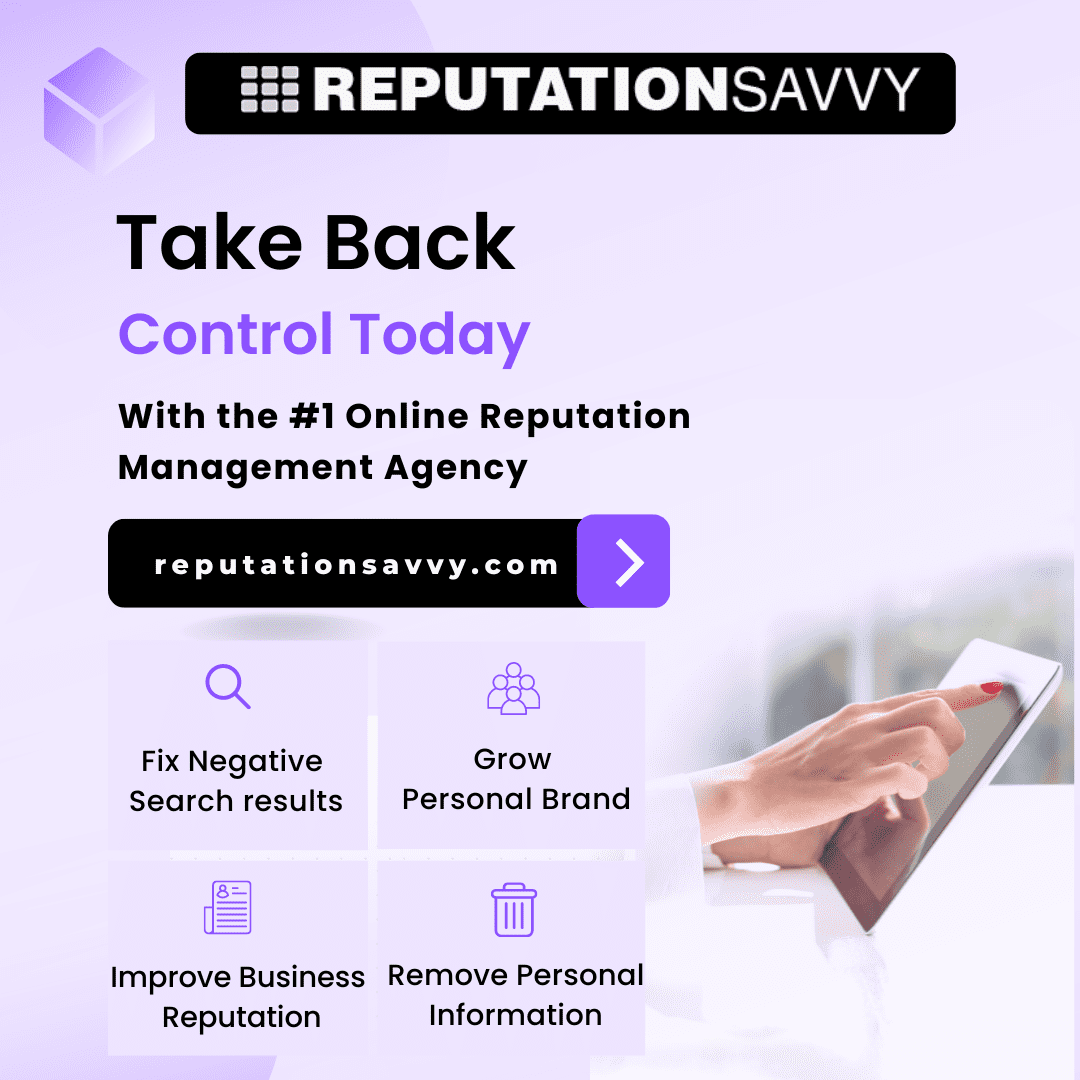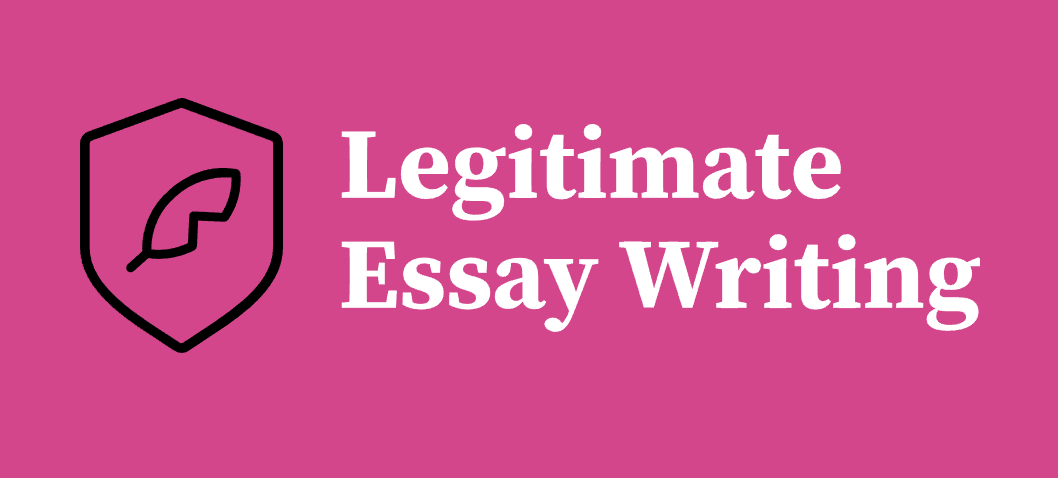You look at your bank statement and your stomach drops. Your checking account balance is in the negatives, and you’ve acquired an overdraft fee.
Overdraft fees are one of those bank charges that people dread seeing on their statements. Why is that? Well, for one, the fee isn’t exactly cheap. It could cost you a whopping $35. And if you don’t realize that you’ve put your checking account into overdraft and then make transactions while your balance is in the negatives, you’ll rack up more of these fees.
And it can get worse from there. While you’re in overdraft, your bank will give you a brief window of time to pay all of your accumulated overdraft fees and get your balance out of the red. If you take too long to do this, the bank may charge you with an “extended overdraft fee”(sometimes this is called a “sustained overdraft fee”). This additional charge will only make the struggle to get your balance back into the positives that much harder.
As you can see, you don’t want to deal with any more overdraft fees. If you’re not exactly sure how can you evade them from this point forward, these are some tips that can help you.
Use Overdraft Protection
Many banks offer overdraft protection plans that can stop their customers from accidentally putting their accounts into the negatives and incurring several overdraft fees. These protection plans are usually not free. Users will either have to pay a monthly fee to maintain the plan or they will be charged a fee every time the plan is triggered. These fees tend to be much smaller than standard overdraft fees.
There are several types of overdraft protection plans out there. The best options available are savings transfer plans and auto-decline plans.
Savings Transfer Plan
A savings transfer plan allows you to link your checking account to a secondary account. When a transaction pushes your checking account below zero, the protection plan will trigger and automatically use the second account to cover the expense instead.
Ideally, you should link your checking account to a savings account. As long as your savings account has enough money in it, the transaction should go through without a hitch and stop your checking account from dropping into the negatives.
You could add your credit card as your secondary account, but you should know that any time the protection plan is triggered, the credit card payment will count as a “cash advance.”
Cash advances are treated differently than regular credit card transactions. They typically come with higher interest rates, and they don’t have grace periods. So, not only do you accrue more interest with this loan, but you also don’t get a break from that interest! You can start accruing interest on the loan immediately.
Another issue that you should know about cash advances is that they come with fees. Cash advance fees are often 3%-5% of the total loan amount. The more that you borrow, the higher your fee will be.
Auto-Decline Plan
An auto-decline plan will automatically decline any transaction that puts your checking account balance below zero. So, if you use your bank card to purchase groceries at the supermarket and the bill is bigger than your checking account balance, your card will be declined at the register. You will either have to reduce the size of your bill in order to pay with your bank card, or you will have to find another way to cover your transaction (for example, using a credit card).

Use Mobile Banking Alerts
You can use your mobile banking app to set up a low-balance alert! With a low balance alert on your checking account, you’ll know when your funds are running far too low to make any large transactions in the immediate future. Hopefully, this warning can encourage you to add more to your account to prevent you from bouncing checks, missing bill payments, or going into overdraft.
If you’ve signed up for a savings transfer plan for overdraft protection, you can also use alerts to keep your linked accounts in good shape! A low balance alert for your savings account can warn you that you don’t have enough funds to cover a sudden transfer. A high balance alert for your credit card will warn you that you don’t have enough available credit for a cash advance. Without these alerts set up, your backup plans might fall through.
Set Up an Emergency Fund
It’s not a wise decision to cover an emergency expense with the funds in your checking account. Covering an unplanned expense this way could disrupt your ability to pay for your usual expenses, like your utility bills and your groceries. You might find that your balance runs low way earlier than expected, and if you’re not careful, you could spend more than you actually have.
You should have an emergency fund set aside in a savings account. An emergency fund allows you to cover urgent, unplanned expenses right away, all without disrupting your budget. You don’t have to worry about how the expense will impact your ability to pay your bills or fill up your fridge with groceries. And you don’t have to worry about emptying your checking account and going into overdraft.
What if you don’t have enough in an emergency fund? In that case, you should still reconsider using your checking account as a solution. It might be a better idea to go to a website like CreditFresh and apply for a line of credit there. With a line of credit, you can request a withdrawal from your account that’s within your credit limit. If that request is approved, you can use the withdrawal to cover the urgent expense in a short amount of time. Afterward, you can follow a repayment plan through a monthly billing cycle. This will replenish the line of credit.
Change Banks
There are some banks that are reducing or eliminating overdraft fees for their customers altogether! If you’re lucky, your current bank could be deciding to undergo this change soon.
What if your bank isn’t making this monumental change? In that case, this could be a sign that you should change banks. You could shop around for a new place to open up a checking account. Choose a bank that offers more benefits for you as a patron, including lower charges for overdraft and NSF (non-sufficient fund) fees.
Stop worrying about overdraft fees. Follow these tips and avoid the fees from now on!











